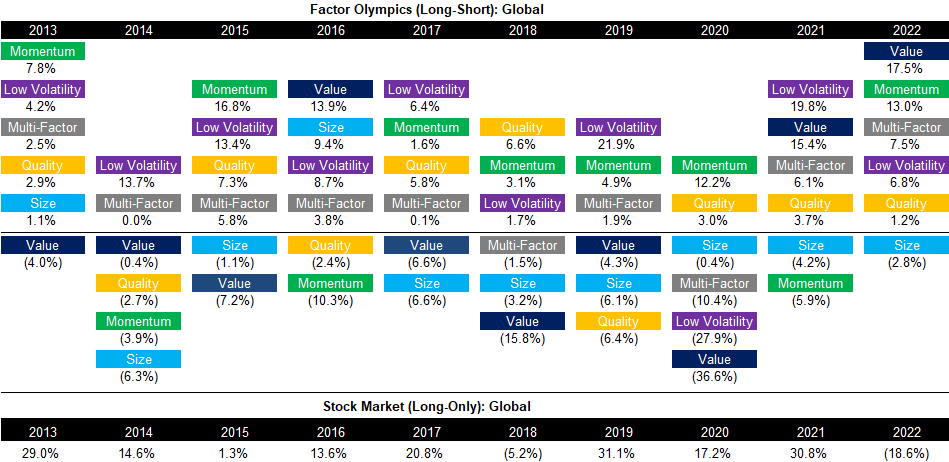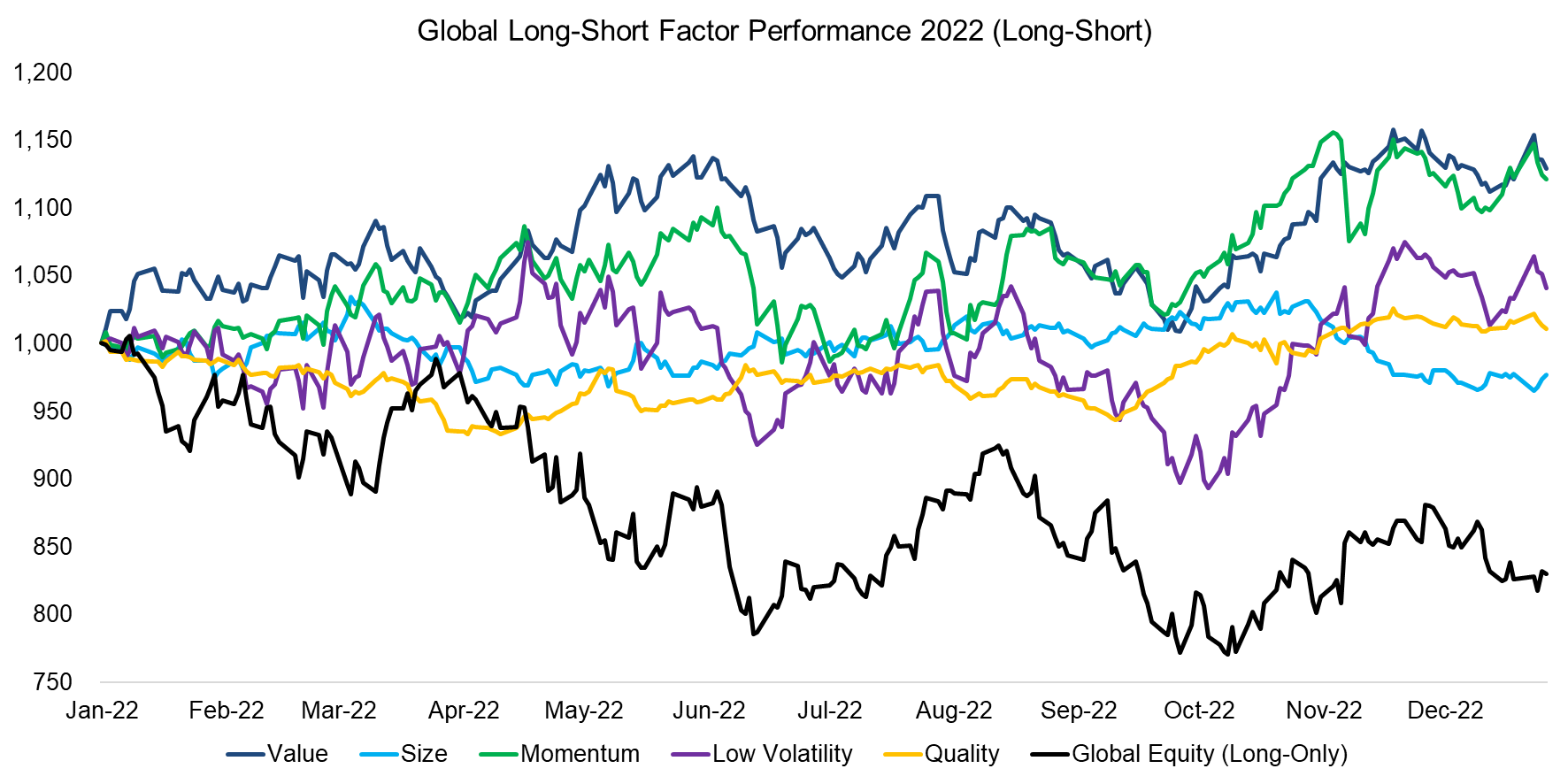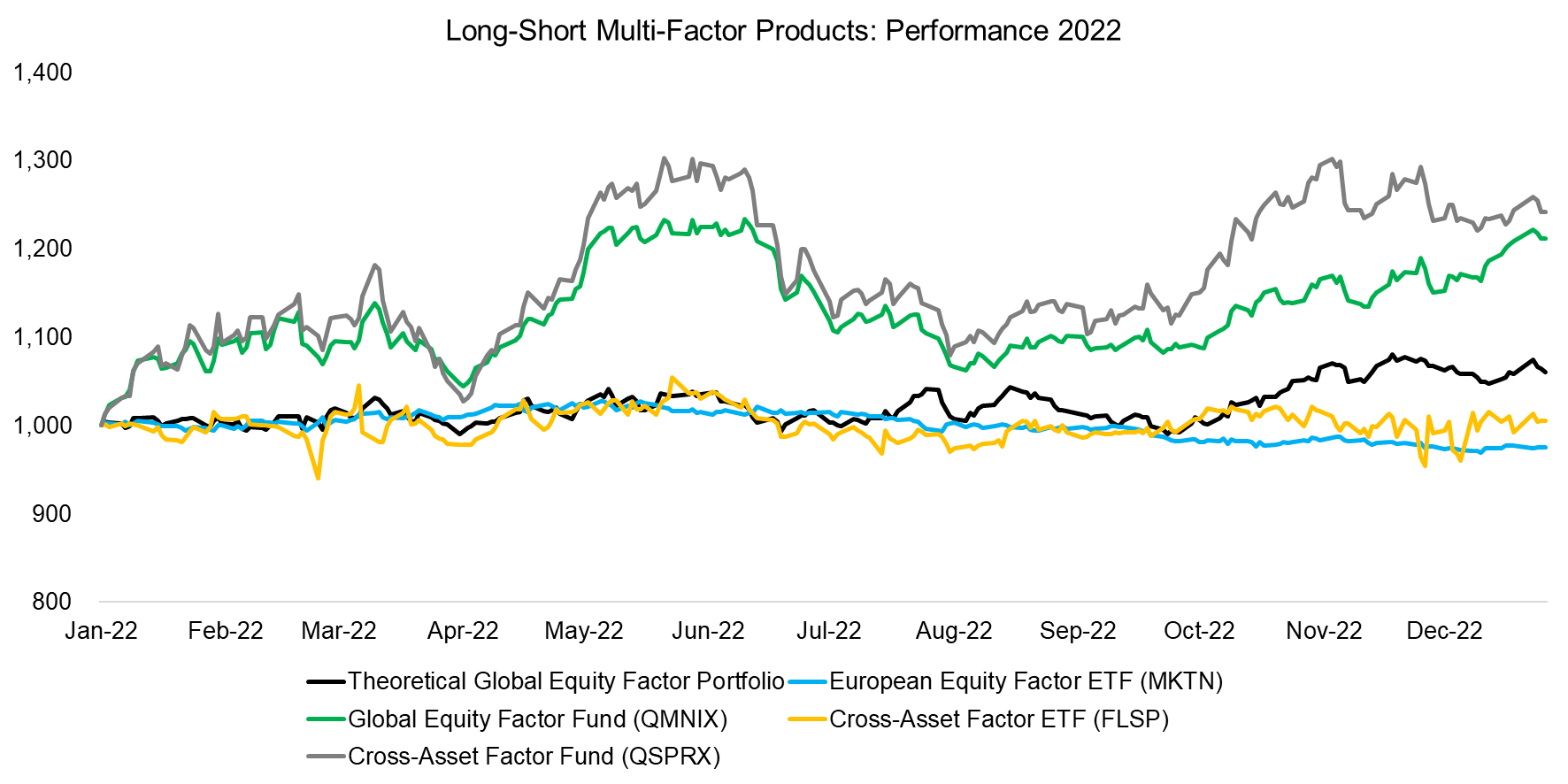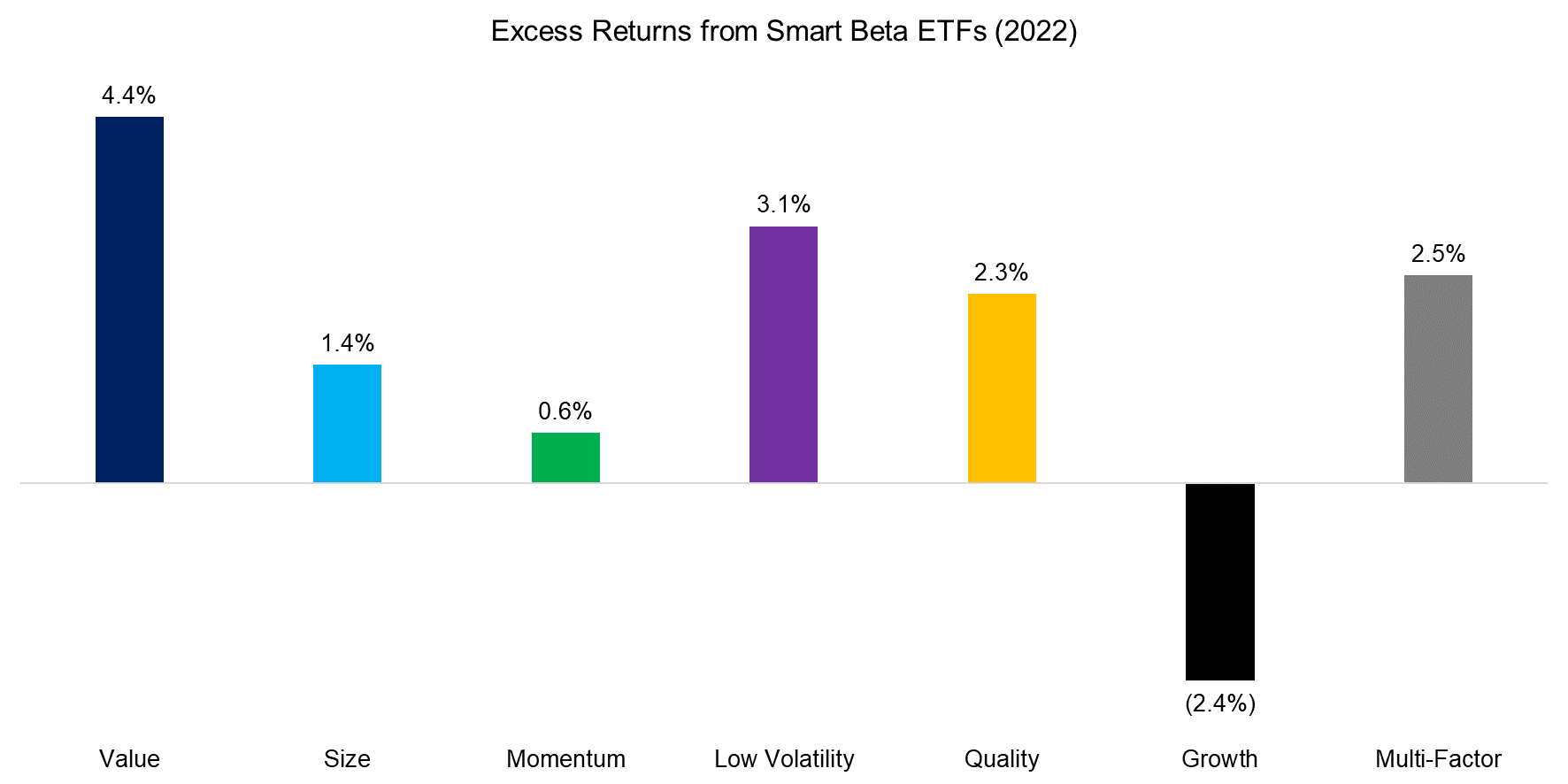Factor Olympics 2022
And the winner is…
January 2023. Reading Time: 10 Minutes. Author: Nicolas Rabener.
SUMMARY
- 2022 is the best year for factor investing over the last decade
- Value generated the best and size the worst return in 2022
- Despite the strong returns, investors remain cautious on factor investing
INTRODUCTION
We present the performance of five well-known factors on an annual basis for the last 10 years. Specifically, we only present factors where academic research supports the existence of positive excess returns across market cycles and asset classes (read Factor Olympics Q3 2022).
METHODOLOGY
Our factors are created by constructing long-short beta-neutral portfolios of the top and bottom 30% of stocks in the US, Europe, and Japan. Only stocks with a minimum market capitalization of $1 billion are included. Portfolios rebalance monthly and transactions incur 10 basis points of costs.
FACTOR OLYMPICS: GLOBAL RETURNS
The table below shows the long-short factor performance for the last 10 years ranked top to bottom. The global series is comprised of all developed markets in Asia, Europe, and the US. Aside from displaying the factor performance, the analysis highlights the significant factor rotation in terms of profitability from one year to the next, highlighting the benefits of diversified exposure.
Factor investing has not been an easy strategy over the last decade as most investors favored technology stocks with strong growth prospects, which are typically found in the short portfolios of value, quality, and low volatility. In 2022, investors’ preferences changed with rising interest rates which led to the best year for evidence-based investors over the last decade as all of the well-known factors generated positive returns, except for the Size factor.
An equal-weighted portfolio of beta-neutral factors produced a return of 7.5%, which would have generated attractive diversification benefits for a traditional equity-bond portfolio, given that this was substantially down in 2022.

Source: Finominal
TRENDS IN GLOBAL FACTOR PERFORMANCE
Analyzing the performance of these five factors over the year 2022 highlights that they exhibited significantly different volatility profiles, eg the momentum factor was more volatile than the quality factor. However, this is not an anomaly and can be seen across time.
Furthermore, we observe a strong performance in the fourth quarter of 2022, as well as similar trends in the performance of the momentum, value, low volatility factors, and global equities. The latter is surprising as the factors are constructed beta-neutral, but seem to have been impacted by the same drivers as the general stock market, albeit generating positive rather than negative returns.

Source: Finominal
PERFORMANCE OF LONG-SHORT MULTI-FACTOR PRODUCTS
There are only a few liquid alternative mutual funds and ETFs that provide exposure to factors in the long-short format as seen in academic research. Given the poor performance of factor investing in recent years, many products were liquidated.
We compare the performance of four surviving products to that of the theoretical equal-weighted multi-factor portfolio. We observe that the trends in performance were often similar, except for the European multi-factor equity fund (MKTN) which exhibited flat returns with extremely low volatility.
The key difference is that the global multi-factor equity fund (QMNIX) and multi-factor cross-asset fund (QSPRX), which are both managed by AQR, generated significantly higher returns. These are explained by portfolio construction, ie significant leverage, and stock selection, specifically a focus on momentum, value, and quality factors.

Source: Finominal
SMART BETA EXCESS RETURNS
Although investors should allocate to factors constructed as long-short portfolios given that these offer high diversification benefits, most invest via long-only smart beta ETFs (read Smart Beta vs Alpha + Beta). Following the money, we highlight the excess returns generated from investing in smart beta ETFs in the US, which represents a universe of 160+ products and approximately $800 billion of assets under management. We also show the performance of the growth factor, which is popular with investors but is not associated with positive excess returns over time.
The returns can be different as long-short factor portfolios are constructed beta-neutral, i.e. there is a short portfolio and leverage is used to achieve beta-neutrality, and stocks are typically weighted equally. Smart beta ETFs are long-only and mostly weight stocks by their market capitalization.
We observe that the traditional factors namely value, size, momentum, low volatility, and quality generated positive excess returns in their smart beta versions, which broadly-speaking mirrors the trends in long-short factors. As expected, growth-focused smart beta ETFs underperformed.

Source: Finominal
FACTOR CORRELATIONS
The correlation matrix below highlights the global one-year factor correlations based on daily data. The current correlations highlight a scenario that is reminiscent of the tech bubble in 2000, where the value and low volatility factors were positively correlated, which is different to the previous years. The positive correlation between value and momentum and the negative correlation between value and size are also less frequently seen (read Factors: Correlation Check).

Source: Finominal
FURTHER THOUGHTS
Evidence-based fund managers rejoice about the strong performance of traditional factors like value in 2022, but investors were not too enthusiastic in terms of capital allocations to factor investing products. For example, AQR’s Equity Market Neutral Fund (QMNIX), which is an excellent proxy for the state of factor investing, increased its assets under management from below $50 million to close to $200 million, based on generating a return of almost 30% in 2022. However, this is a far cry from the +$2 billion the fund managed a few years ago.
As usual, investors prefer to wait a few years before changing allocations. Unfortunately, this essentially represents factor timing, or simply performance chasing, which is not a sound investment strategy.
RELATED RESEARCH
Outperformance Ain’t Alpha
Improving the Odds of Value Investing
The Value Factor’s Pain: Are Intangibles to Blame?
Smart Beta vs Alpha + Beta
How Painful Can Factor Investing Get?
ABOUT THE AUTHOR
Nicolas Rabener is the CEO & Founder of Finominal, which empowers professional investors with data, technology, and research insights to improve their investment outcomes. Previously he created Jackdaw Capital, an award-winning quantitative hedge fund. Before that Nicolas worked at GIC and Citigroup in London and New York. Nicolas holds a Master of Finance from HHL Leipzig Graduate School of Management, is a CAIA charter holder, and enjoys endurance sports (Ironman & 100km Ultramarathon).
Connect with me on LinkedIn or X.

